I was late to the Diablo game, with my introduction to the series being 2012’s Diablo 3 which I started several years after its release. Prior to Diablo 3, I had never tried a dungeon crawling action RPG and I was further intrigued by the story and lore that supports its gameplay. On June 6th of this year Diablo 4 was finally released after being in development for years, which persisted through murky waters and uncertainty at Blizzard Entertainment. Diablo 4 takes place on the eastern continent of Estuar, and features a new map to uncover and enemies to fight all tied together with an intriguing plot. While the launch of Diablo 4 has certainly been a success, it has also been a success for me in terms of recapturing much of the fun I had with D3.
The Lore and World
The main story quest deals with Lilith’s return to Sanctuary and what that means for Humans. While Lilith hopes to overcome the eternal conflict between Angels and Demons through the creation of Humans, it is unclear as to what end. Lilith saw the eternal conflict as flawed, and her desire to break the cycle led her to creating the first Demon-Angel hybrid with the Angel Inarius, the Nephalem Rathma. There’s a whole bunch of additional lore that describes the early history of Sanctuary, but it’s most important to know that Humans are a result of a Demon-Angel union. I always loved this idea because Humans in various media can be described as being “good” but possessing the ability to do evil, as if we have some darkness lurking within. Humans in Diablo demonstrate this idea further by making it way more obvious why this idea exists, and it also sets up great plot points for the struggle between goodness and evil.
Getting back on track, Lilith was summoned back to Sanctuary by a ritual conducted by Elias, a fallen former member of the Horadrim – a secretive organization dedicated to safeguarding the world against Demons. Elias recognized Lilith’s vision for Sanctuary and he hoped to use her to find a way to defend the world against Demons. Elias was an interesting character because he was motivated by his desire to protect Sanctuary, yet he went about it in the wrong way and in the end caused about as much chaos as Lilith herself. In the end, he allowed darkness to overtake his better judgement.
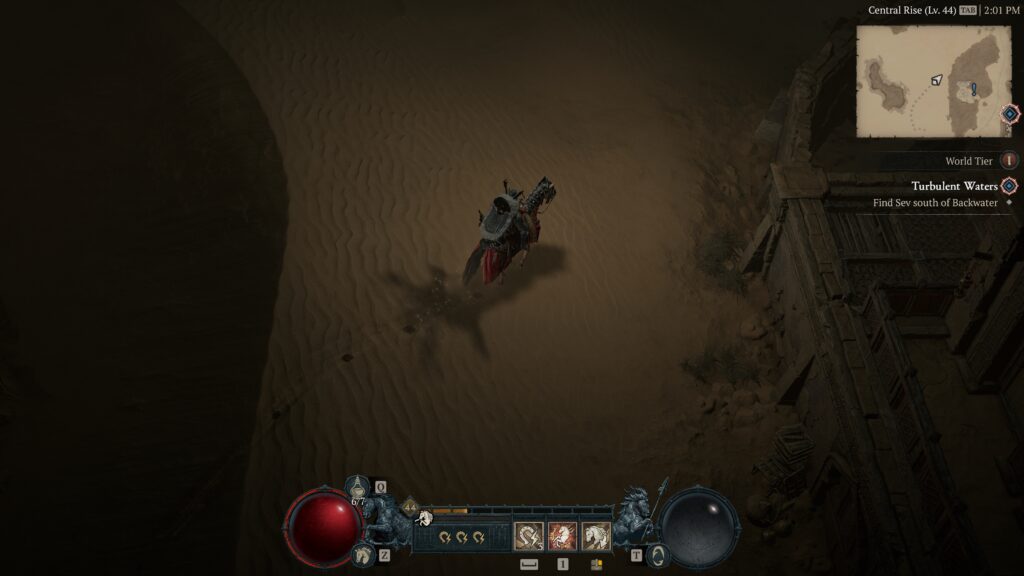
The strangest part about the story in the main quest is its conclusion. While there was lots of build up to a final confrontation with Lilith – finally meeting her and getting the chance for her to explain her goals – the ending left me wanting. Throughout the story the player gets the idea that Lilith has no problem with manipulating and killing Humans, her so-called children, but there’s a reason that hasn’t been revealed yet. You get the sense that the player might even work with Lilith in some capacity, but that idea goes out the window when Lilith crumbles away into nothing after her final boss fight in Hell.
When Lilith dies at the end of the game, it’s a strangely bittersweet moment. For me, at least, Lilith was such an interesting character and a significant force for Sanctuary, and I had hoped we would learn more about her true motivations. Maybe the true message is one of free will. The creators of Sanctuary, Inarius and Lilith, both imposed their own will on Sanctuary and sought to use it for their own purposes. With their deaths, Sanctuary can have a chance to enact its own vision free of a grand plan that was decided for them. That doesn’t mean everything will be good and happy from now on; the prologue to the game hints at the return of the three Prime Evils: Diablo, Mephisto, and Baal.
Class Choices and Combat
In D3 I exclusively played a Wizard, as it was almost cathartic to defeat hordes of enemies with a giant laser (Disintegrate.) D4’s version of the arcane caster class is the Sorcerer, and, while very fun, it wasn’t able to recapture the same level as entertainment for me. The Rogue was closer, with its duality between melee and ranged combat, but I ultimately settled on a Barbarian. Along with the fun melee combat that has Barbarians mowing down crowds of enemies, the class fantasy is amazing. Barbarians can have four – yes, four! – weapons equipped at a time, and are swapped out for use in different types of attacks. Additionally, the more you use a specific weapon the higher skill you receive with it, which means the Barbarian gets bonuses when attacking with it. It’s a lot of fun and D4 did a great job with classes, and while I usually don’t play melee characters I am happy this game gave me a chance to do so.
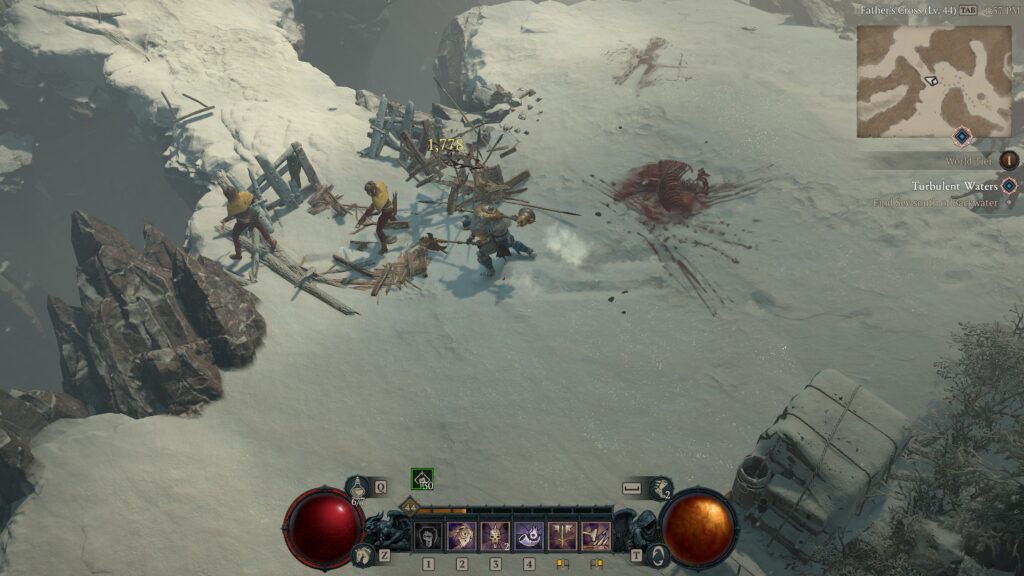
D4 employs a skill tree system unlike the more simplified system used in D3. While it might offer more choices, skill trees can be needlessly complicated and overwhelming. It makes re-speccing a chore and dissuades me from switching out my talents, which is something I did all the time in D3. While using a skill tree isn’t a total deal breaker for me in games, the inclusion of it in D4 made me re-evaluate what I ever liked about that type of system. World of Warcraft, in its latest expansion, went back to using a skill tree to choose talents after popular demand for years. Its popularity no doubt swayed Diablo developers to include a skill tree in their newest game. I don’t think either game utilizes skill trees to its advantage, and ultimately going back to more simple talent systems are much better for encouraging experimentation with builds.
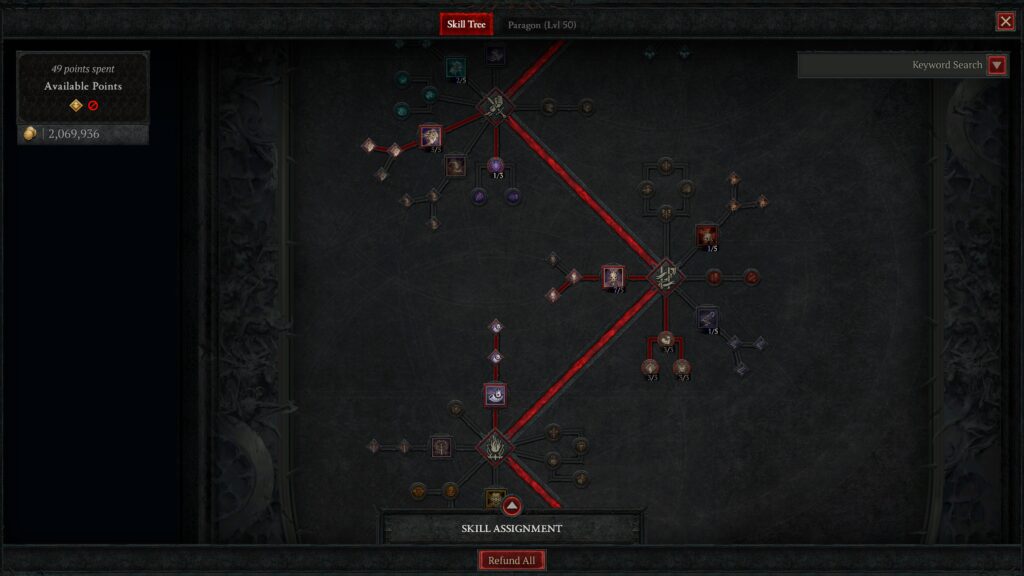
MMO-Like Elements
One of the biggest – and most unexpected – changes to D4 is the inclusion of cross-platform play. This means that while in a city, players might see other players around town as well, whether they be playing on PC or console. This also means in order to play D4 just in single player you must connect to their servers, and can experience issues like lag or rubber-banding that are not being caused by your local network. Diablo has always seemed like a single player experience to me, with the option to team up with Battlenet friends, but otherwise not a game that needs to be massively multiplayer. While there is some drop in, drop out world boss content and events to support its MMO features, the game could largely do without it. Part of me hopes that Blizzard is experimenting with these types of features in Diablo in order to create a Diablo MMO, something that I might be very interested in…
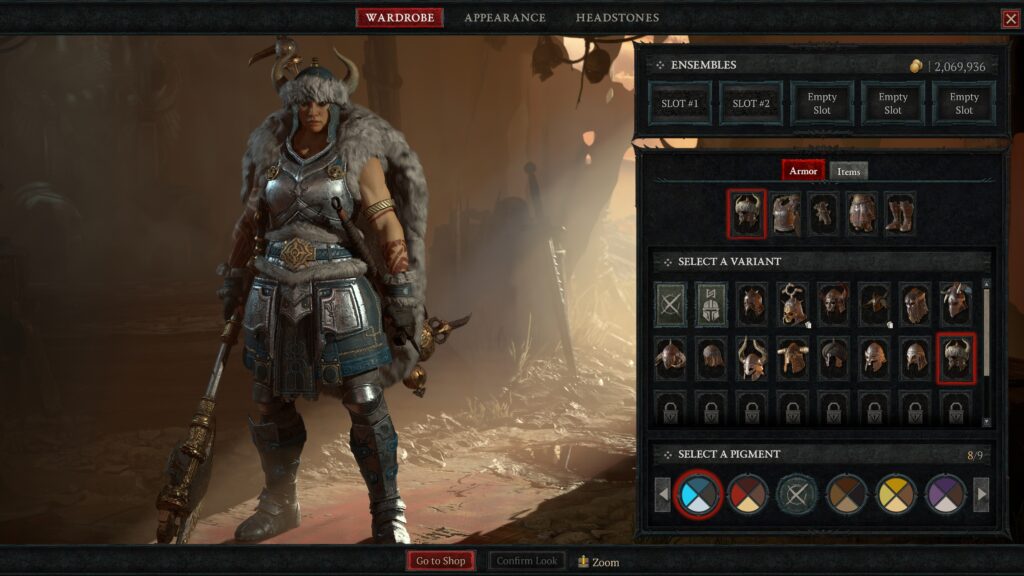
Overall, D4 fills the same role as D3 for me. It’s got entertaining combat with a world that is intriguing, and is something I can see myself playing for a long time. Like its predecessor it has lots of replayability with many dungeons and class/talent choices to choose from, as well as armor upgrading and crafting. I’m interested to see where the story goes after Lilith’s defeat, and I’m also looking forward to how D4’s MMO features might evolve in future games in the series.
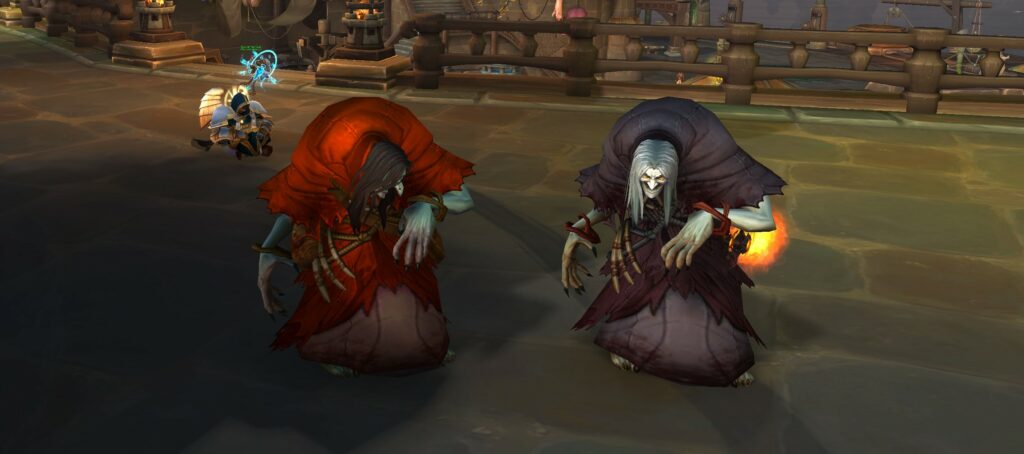
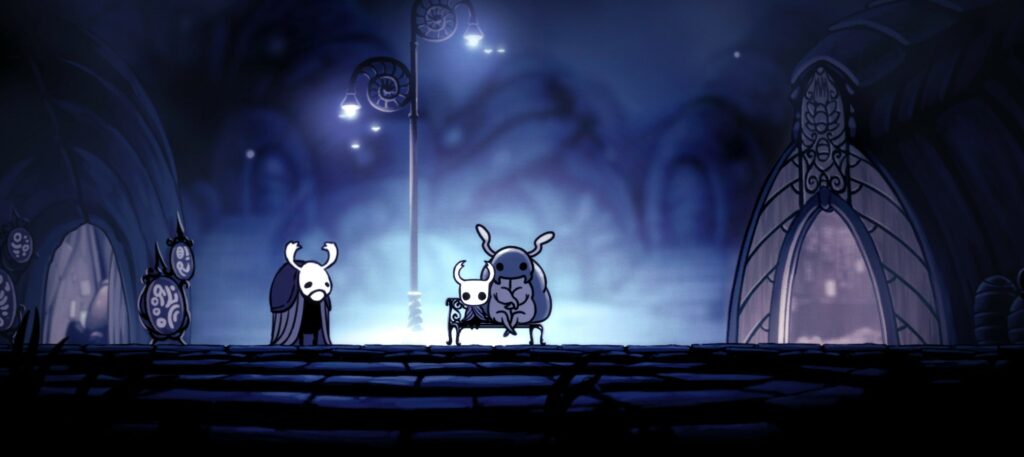

I am also enjoying D4! Nice post!